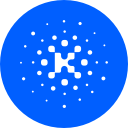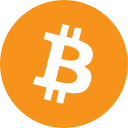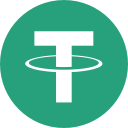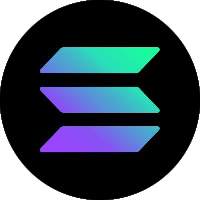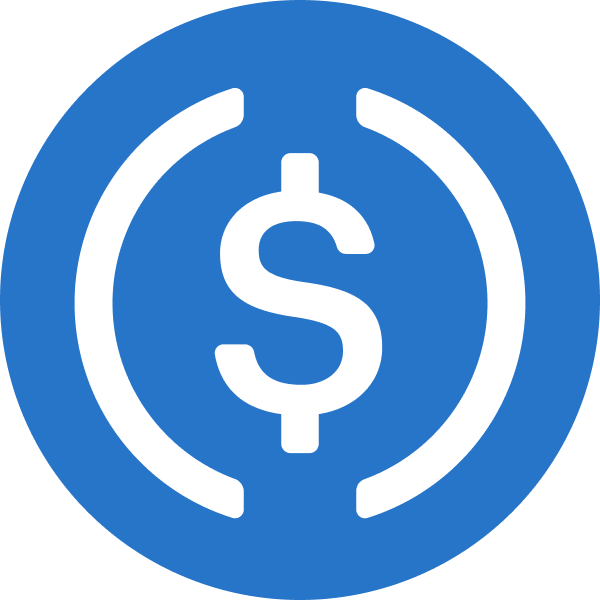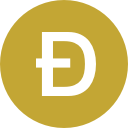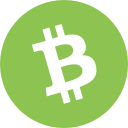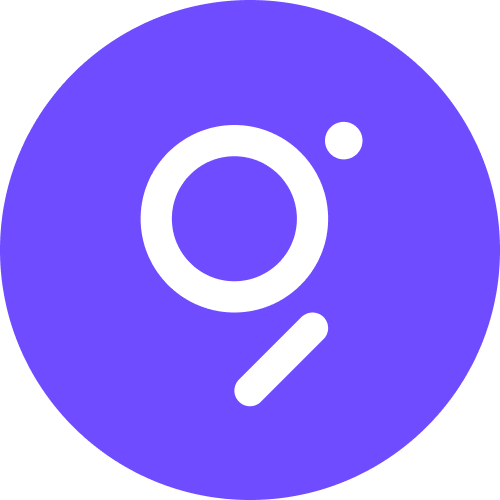
About Kin
Get up to $200 for getting started
Earn free crypto after making your first purchase. Terms apply.

Sum of median estimated savings and rewards earned, per user in 2021 across multiple Coinbase programs (excluding sweepstakes). This amount includes fee waivers from Coinbase One (excluding the subscription cost), rewards from Coinbase Card, and staking rewards.
Market
Related Assets
Kin Calculator
Coinbase Bytes
Kin is on the decline this week.
The price of Kin has decreased by 0.06% in the last hour and decreased by 3.26% in the past 24 hours. Kin’s price has also fallen by 8.49% in the past week. The current price is $0.000016 per KIN with a 24-hour trading volume of $260.59K. Currently, Kin is valued at 98.95% below its all time high of $0.0015. This all-time high was the highest price paid for Kin since its launch.
The current circulating supply of Kin is 2,935,737,051,545 KIN which means that Kin has as total market cap of 2,935,737,051,545.
FAQ
Discover ENS Profiles
Navigate the world of Ethereum Name Service (ENS) profiles. Connect, learn, and engage with the web3 community on profile.coinbase.com. Check out some of the most popular ENS profiles below.
Certain content has been prepared by third parties not affiliated with Coinbase Inc. or any of its affiliates and Coinbase is not responsible for such content. Coinbase is not liable for any errors or delays in content, or for any actions taken in reliance on any content. Information is provided for informational purposes only and is not investment advice. This is not a recommendation to buy or sell a particular digital asset or to employ a particular investment strategy. Coinbase makes no representation on the accuracy, suitability, or validity of any information provided or for a particular asset. Prices shown are for illustrative purposes only. Actual cryptocurrency prices and associated stats may vary. Data presented may reflect assets traded on Coinbase’s exchange and select other cryptocurrency exchanges.
